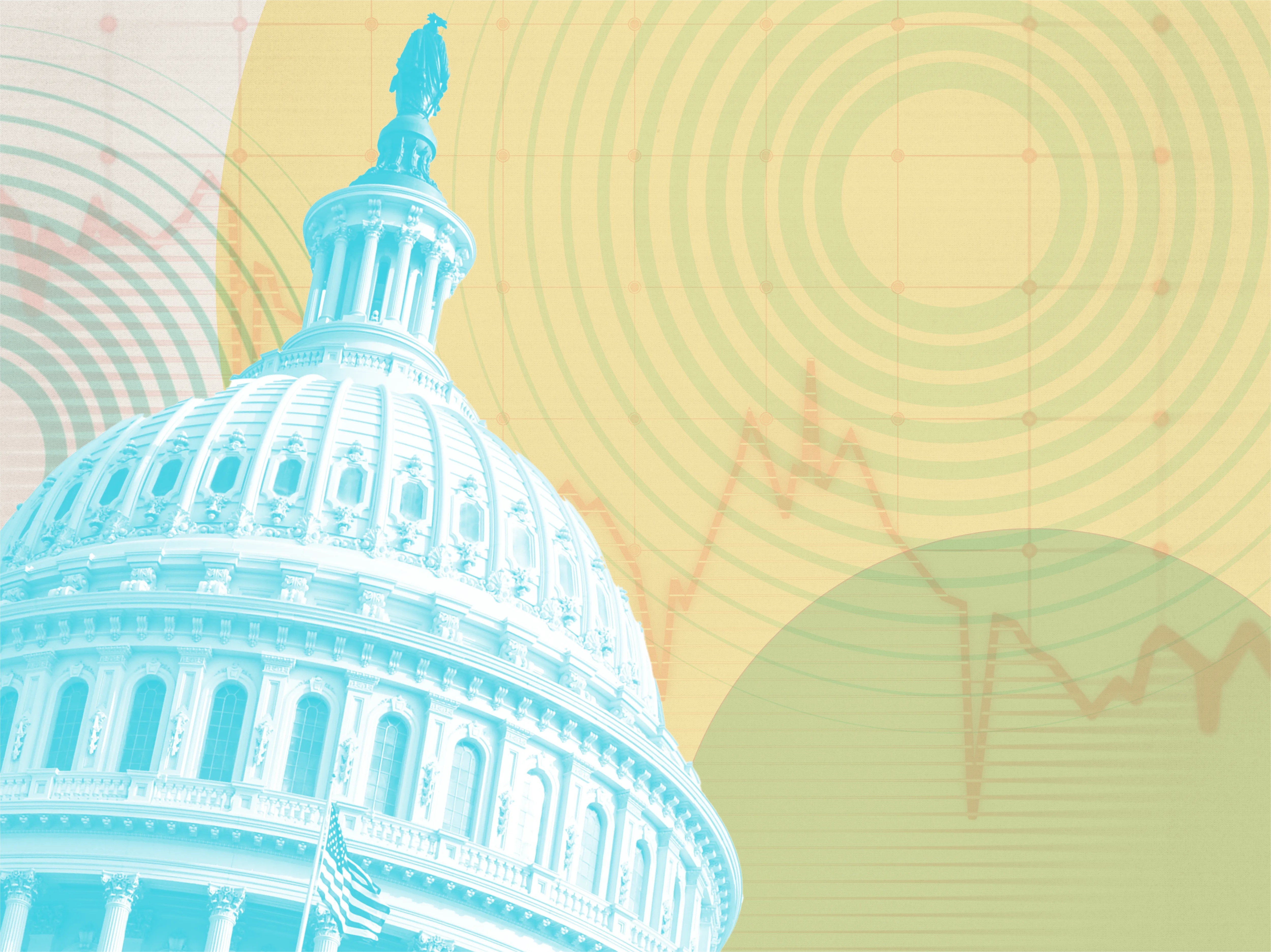
On February 6th, the Department of Energy (DOE) announced their intent to ensure that Americans spend $12 billion more per year on electricity than we need to while we increase nitrogen oxides in the atmosphere by 19,000 tons, sulfur dioxide by 23,000 tons, and climate-changing carbon dioxide by 34 million metric tons. According to the American Council for an Energy Efficient Economy (ACEEE), this is equivalent to “the annual CO2 emissions equal to that of more than 7 million cars.”
How did they do this?
By rescinding the expansion of energy efficiency standards for specialty light bulbs put in place by the Obama administration. The details here are important and get at the crux of the decision made by DOE, so let’s go into policy wonk mode for a minute.
It all comes down to a definition.
In 2007, as part of the Energy Independence and Security Act (EISA), general service lighting (standard household light bulbs) that use between 40 and 100 watts needed to be 27% more efficient by 2014 and 60 to 70% more efficient by 2020. This meant that incandescent and halogen bulbs in their current form simply could not meet the standard. The initial rule excluded specialty bulbs like candelabras, recessed lighting, and bulbs for heavy-duty applications.
On their way out the door, the Obama administration redefined specialty bulbs as general service lighting that had to meet the 2020 standard. The National Electrical Manufacturers Association (NEMA) sued, stating that the redefinition was illegal, and the current administration agreed.
According to the Energy Department, “since the original rules have been in place, the number of homes with LED bulbs installed has skyrocketed from under 400,000 homes in 2009 to 78 million homes in 2014.” In tandem, the prices of LED bulbs fell by 90%. Given this transformation, expanding the rule to cover specialty bulbs would have a sizable positive impact. After all, how can you go wrong leveraging an existing and market-ready technology to save money and reduce pollution from electricity consumption? In fact, some are arguing that the proposed rollback is illegal because it violates a federal law that prohibits the DOE from weakening existing standards for any product, including light bulbs.
So, where does this leave us?
While the rollback is a detriment to our forward momentum so far, this challenge also presents opportunities. Many utility energy efficiency programs have long lamented these standards, as they significantly reduced the opportunity for programs to claim savings from lighting. This rollback could breathe new life into lighting measures and add a few years of additional viability to programs specifically promoting specialty bulbs.
Let’s explore tweaks to or redesigns of midstream programs that allow us to more effectively and cost-efficiently push out the inefficient models that will now be allowed to stay on the shelf. By doing the work to better understand which customers are hesitant to adopt specialty LEDs and why, we can design program models, partnerships, and messaging to bring down these barriers. We can ensure that every customer understands that any other choice is nonsensical.
The DOE plan does not affect A-lamps, but the DOE is scheduled to issue a rule in 2019 that may attempt to roll back standards for those light bulbs, too.
This is a long shot, but one that would certainly be even more devastating. In the meantime, there is a comment window for the current proposed rollback, and we are in the middle of it.
For more information on this topic, please see:
The NRDC’s official press release
The DOE announcement about the rollback.
The Utility Dive summary.
ACEEE’s response.






